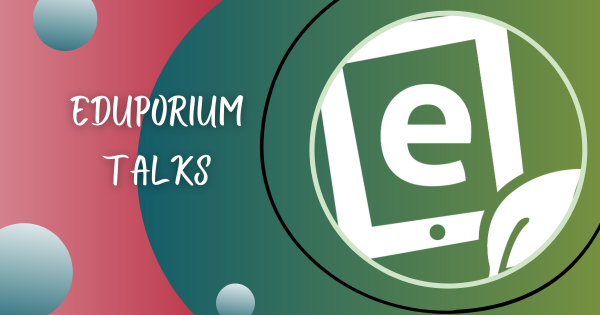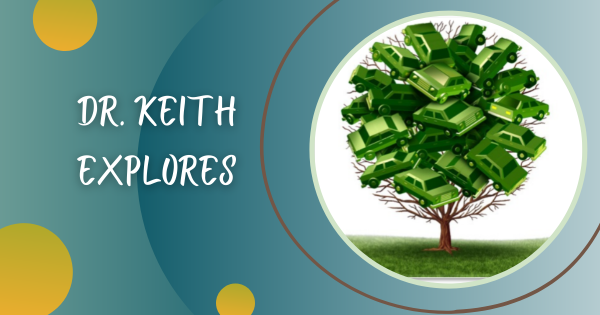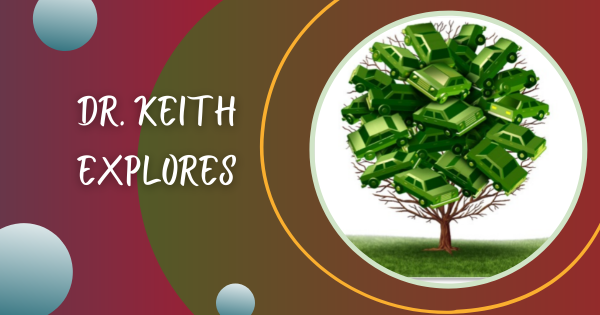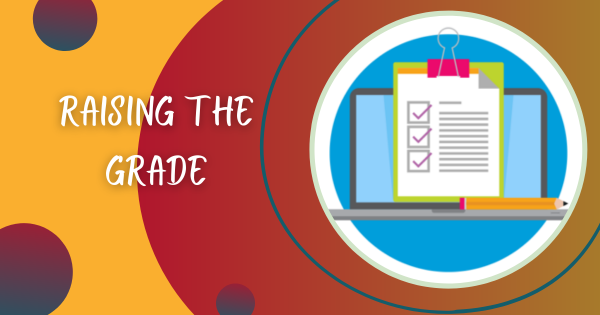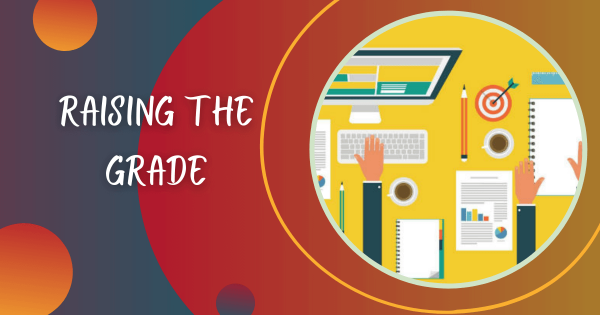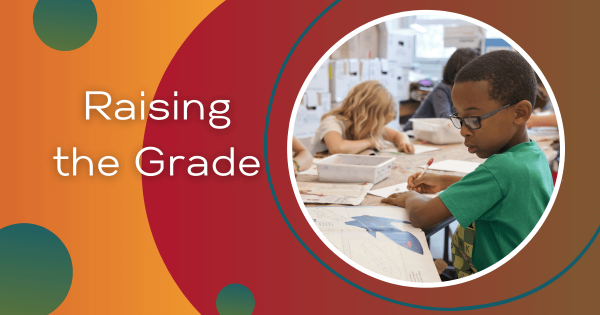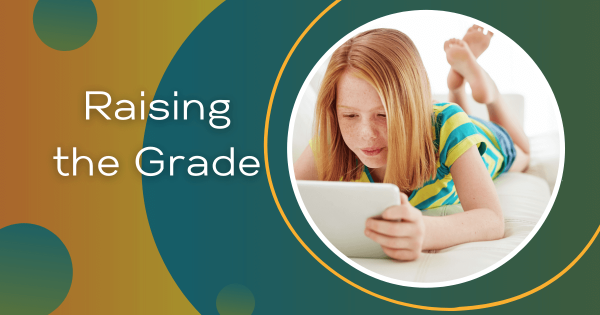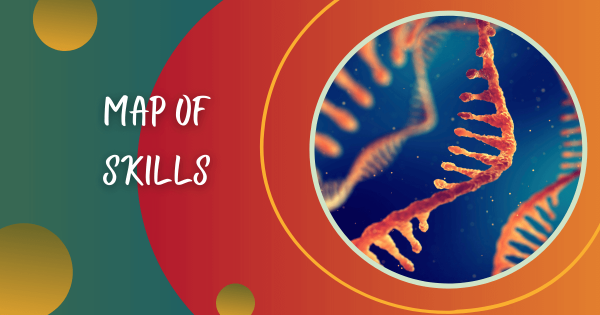Mr. Yearwood loves teaching and has a passion for it primarily because he enjoys interacting with people. He is excited about Geography and loves sharing ideas and concepts about this subject. Consequently, he employs a variety of methods and techniques that make Geography exciting and interesting.
STEM
When it comes to STEM in 21st century teaching and learning, there are few limits to what students can accomplish. Besides helping boost their overall engagement and enjoyment levels in the here and now, access to STEM learning and opportunities to build real-world skills often significantly improve how students prepare for the future. Whether it's with introducing them to coding in the early grades, engineering in their middle years, or the benefits of more complex technologies, like virtual reality or artificial intelligence, in high school, STEM education is a crucial piece of student development. With such huge potential and importance, however, this instruction requires planning, guidance, and equipment. And, as the economy keeps trending toward STEM-dominated professions and opportunities, exposure to these areas is vital. Thankfully, there are few restrictions to leading effective STEM lessons.
Our mission is helping educators develop students who are truly Future Ready and helping them facilitate relevant learning is how. To that end, we offer a robust online store filled with the latest STEM solutions. But, beyond that, we love creating and sharing impactful content to help enhance how educators use these tools in instruction. In this section of our blog, you'll find countless posts on trending STEM topics, how-to articles, many recommendations for classroom solutions and projects, industry updates, connections between STEAM tools and the future, and a lot more. We are also extremely committed to closing certain gaps and increasing equity in STEM education. As such, a lot of this content contains context for advancing inclusive opportunities for all kids. We encourage you to search through the posts to find something relevant for you. And, if there's any topics we've missed, let us know.
-
Dr. Keith Explores: Water and the Environment
Dr. Keith Explores is a new blog series written by Dr. Keith Yearwood, a geoscientist at the University of Maryland. Dr. Keith takes pieces of our natural world and explains them one at a time, encouraging and helping all of us to be more attentive to our surroundings. At the end of each post is a piece of technology, project, -
Eduporium Weekly | Shifting STEM Education Into Focus
With the obvious shift to jobs centering on STEM-rich areas, schools are gearing up to educate their students on science, technology, engineering and math in earlier grades and in more rigorous ways than in the past. The presence of and necessity for STEM skills in the 21st century is showing to be truer than ever. -
Dr. Keith Explores: Runoff And Its Effects
Imagine yourself to be a bit of chemical substance that if someone swallows you, they can get very ill. You are flushed down the kitchen sink and you find yourself surrounded by the water that helped to flush you down the sink. You travel through many pipes and end up in a larger pipe and join many other chemical friends. -
Raising The Grade: Teaching Above The Line
The most basic levels is the S (Substitition)- using technology as a simple substitution for more traditional models with no change. A (augmentation) is the second level where technology is used as a substitute with some minor improvement. These two levels are considered “below the line” meaning that they don’t really use technology in the most effective way. -
Raising The Grade: Assessing Technology Skills
As schools begin to integrate technology into all areas of academics I’m nervous about the extent to which we make this integration meaningful especially in terms of assessments. Inside are three of my own questions and my answers to them. Hopefully, the US education system can begin to move in the right direction. -
Raising The Grade: Jessica Martinez on Technology
Jessica Martinez is in her twelfth year as an educator. She spent nine years as a classroom teacher before becoming an instructional coach. She gives her thoughts on technology in education and specifically at Bancroft Elementary. Keep reading to learn more about some of the benefits and drawbacks she’s seen. -
Raising The Grade: Is There an App for That?
My school district, like many across the country uses the Dynamic Indicators of Basic Early Literacy Skills (DIBELS) and Text Reading and Comprehension (TRC) assessments to measure elementary students’ reading abilities. These are a series of probes that evaluate skills indicators such as word fluency, retelling, synthesis, and inferring. -
5 21st Century Fundraisers You Can’t Ignore
In this post from guest blogger, Jessica Sanders of www.learn2earn.org, explore some of the new and efficient ways to help raise money for your school community. School fundraisers are a necessary evil, but that doesn’t mean they need to be a pain to facilitate. Luckily, technology is making it easier to run effective fundraisers without the headaches. -
Map of Skills | Discovery of RNA Sequences
In this “Map of Skills,” Kaila Deiorio-Haggar, a Ph.D. Researcher at the Meyer Laboratory of Boston College, describes her work on autogenous ribosomal elements in bacteria. She uses computational frameworks to discover autogenous ribosomalelements in bacteria and talks about the computational alignments of genomic structures.




